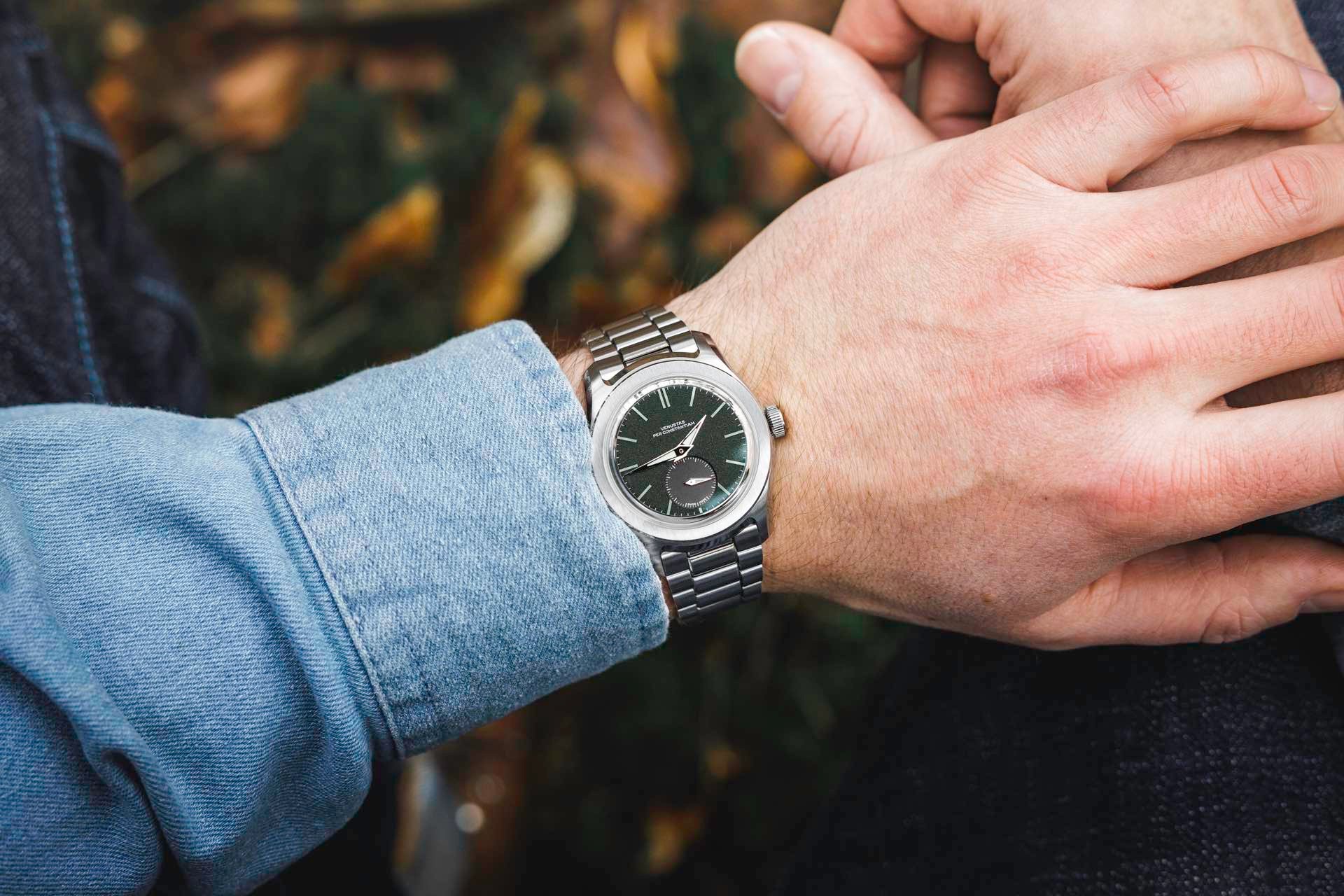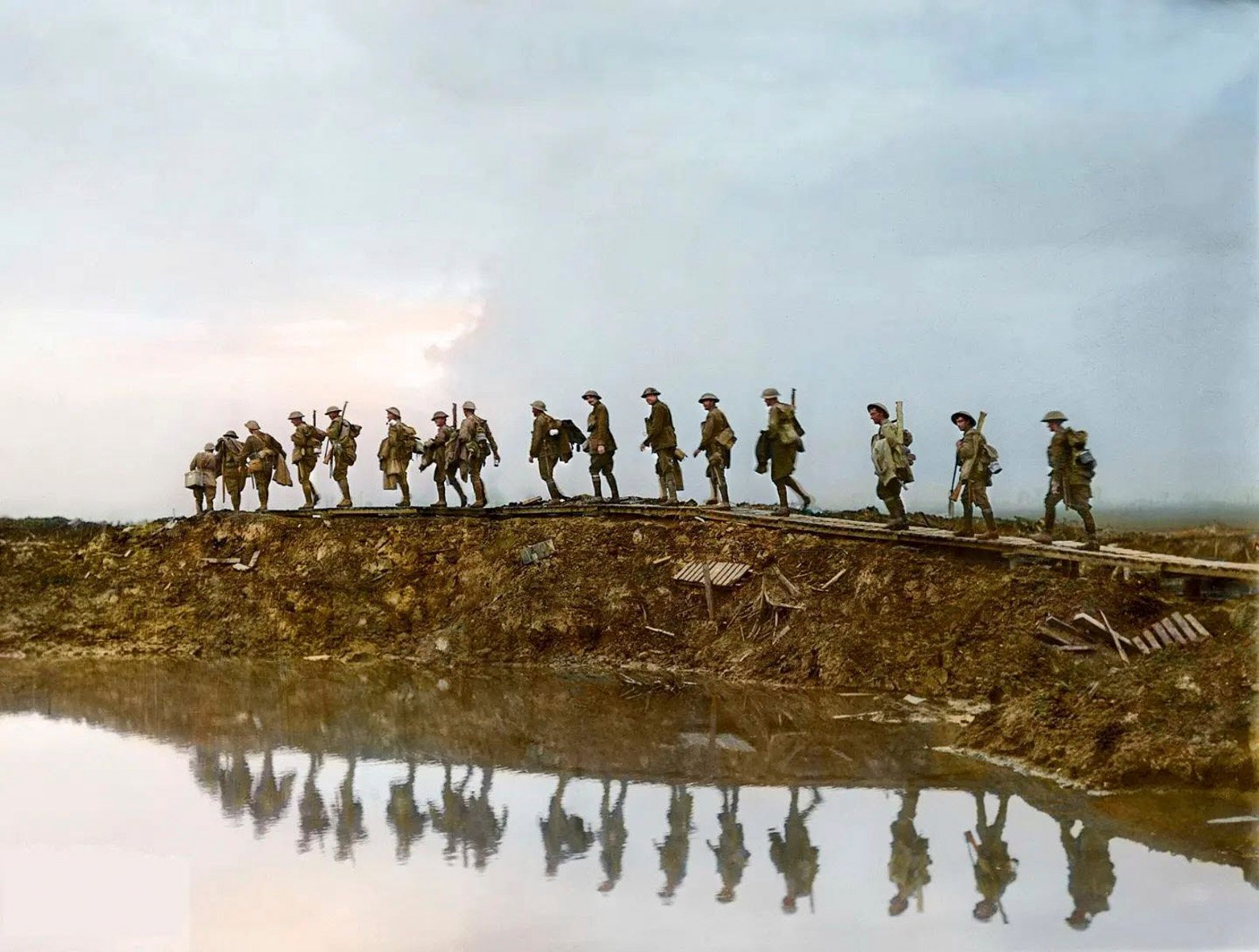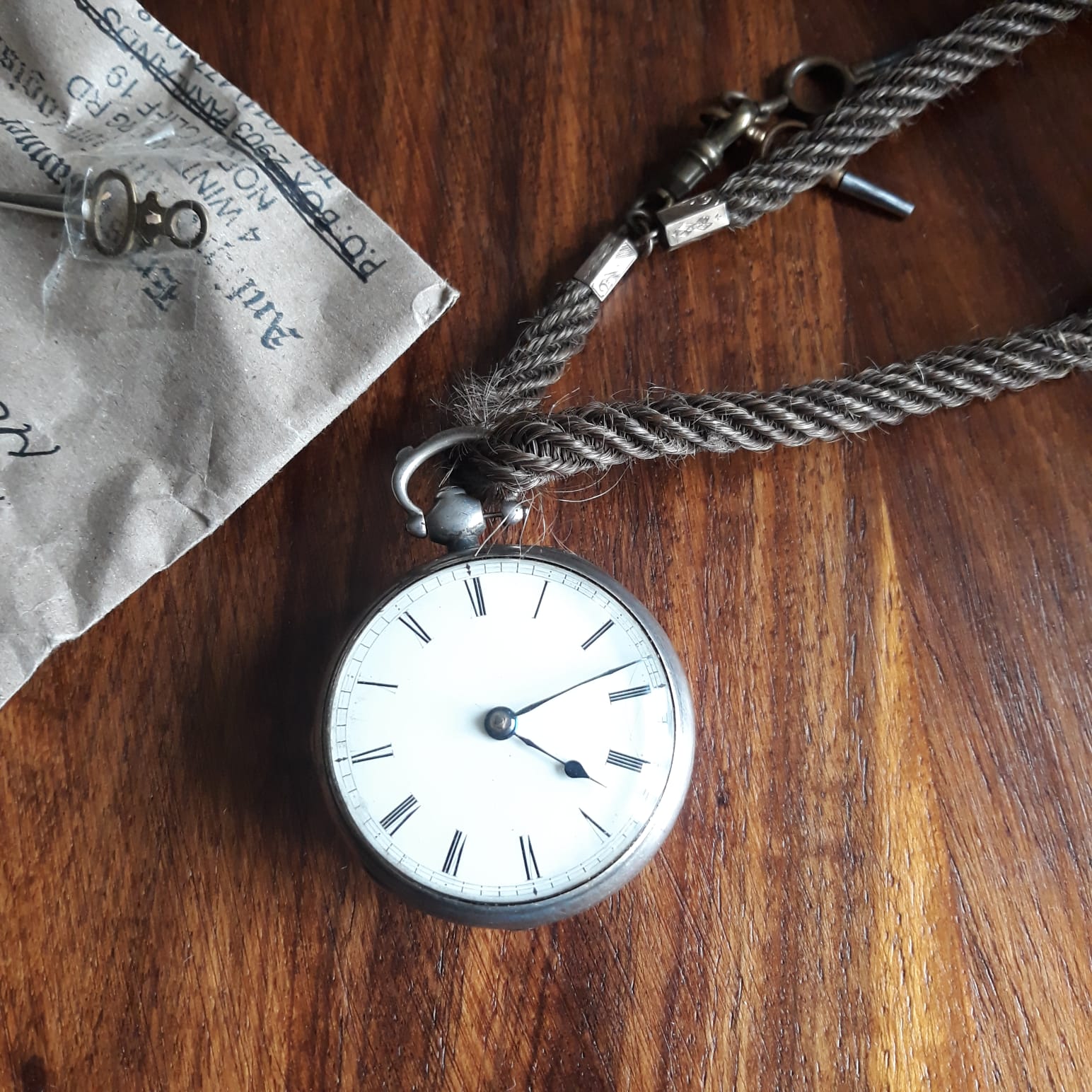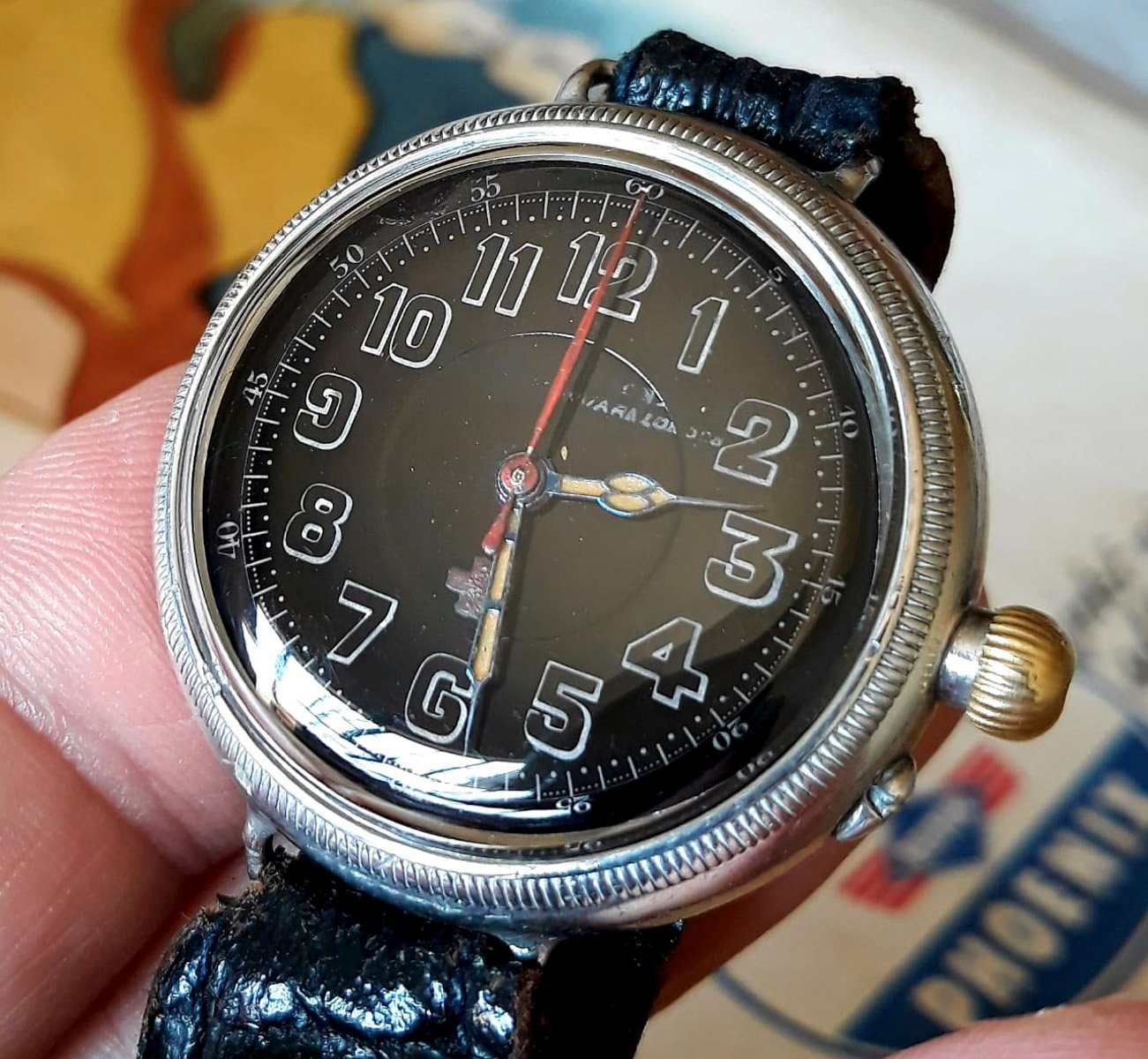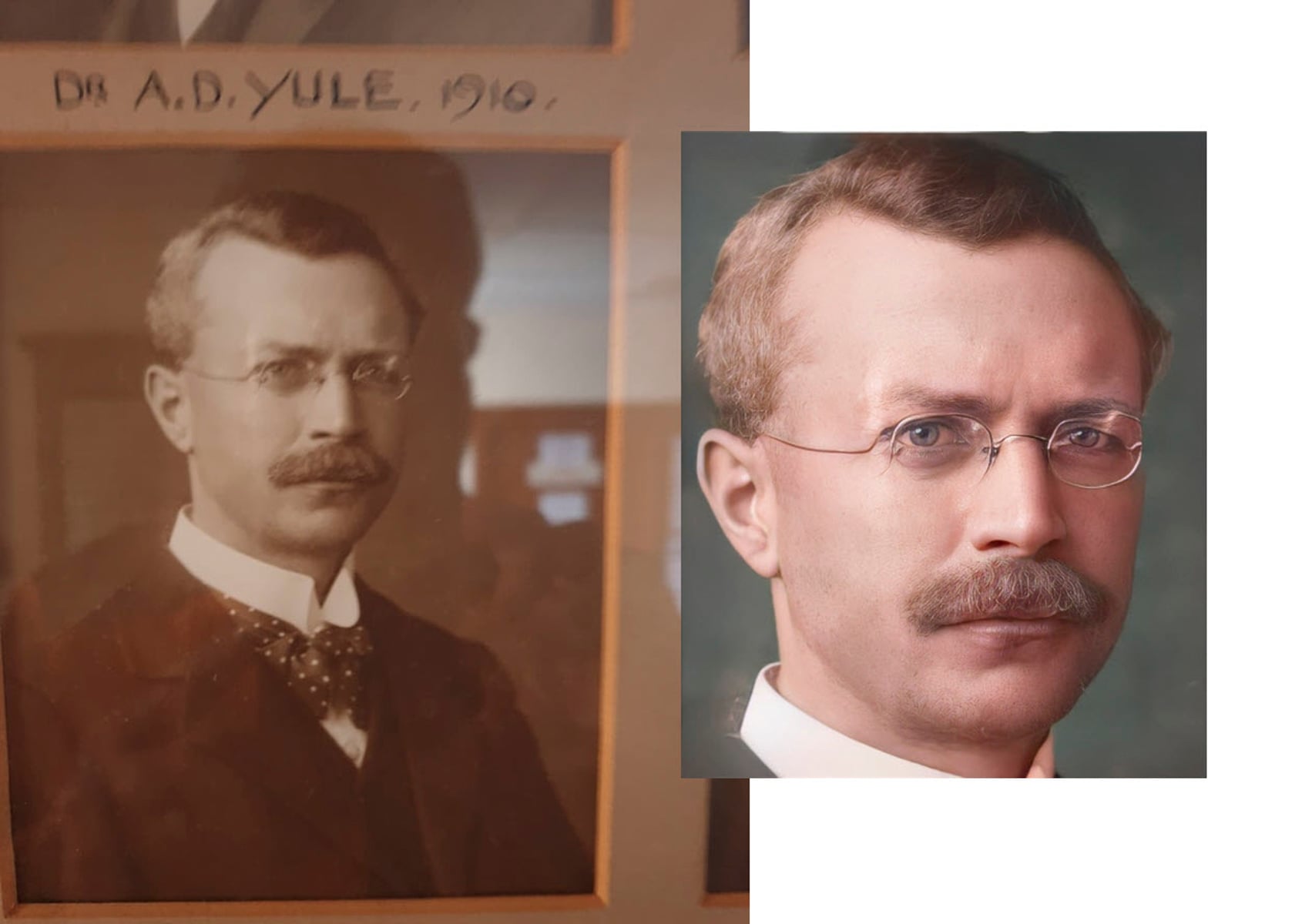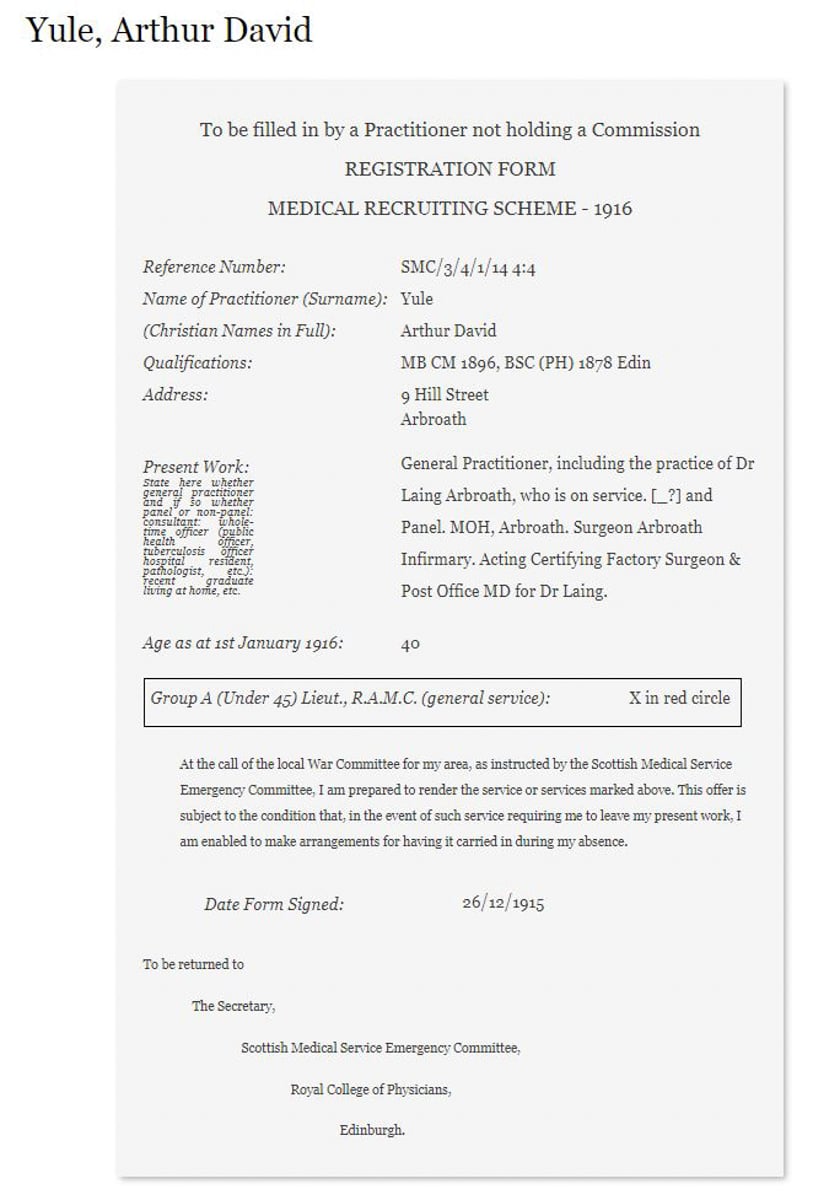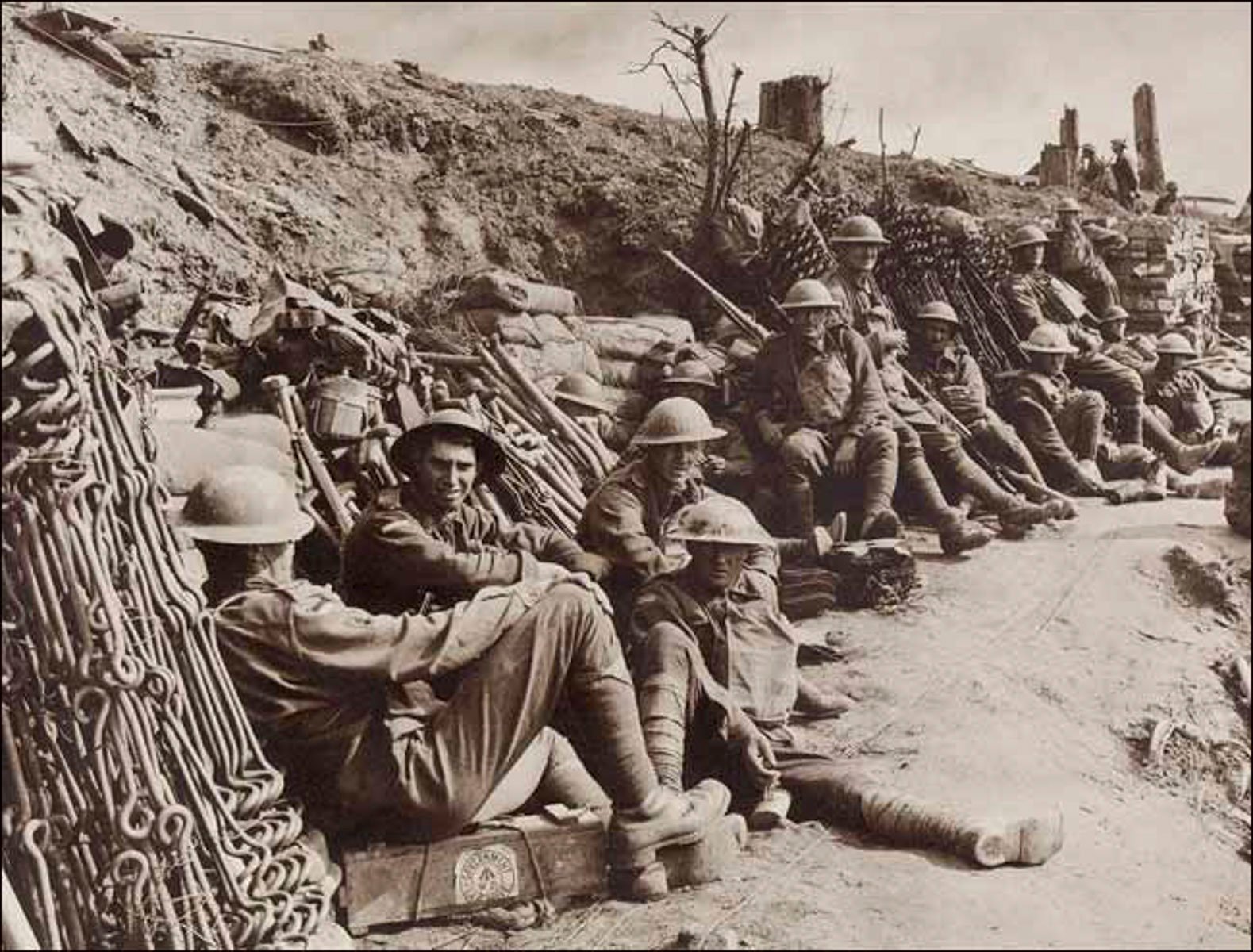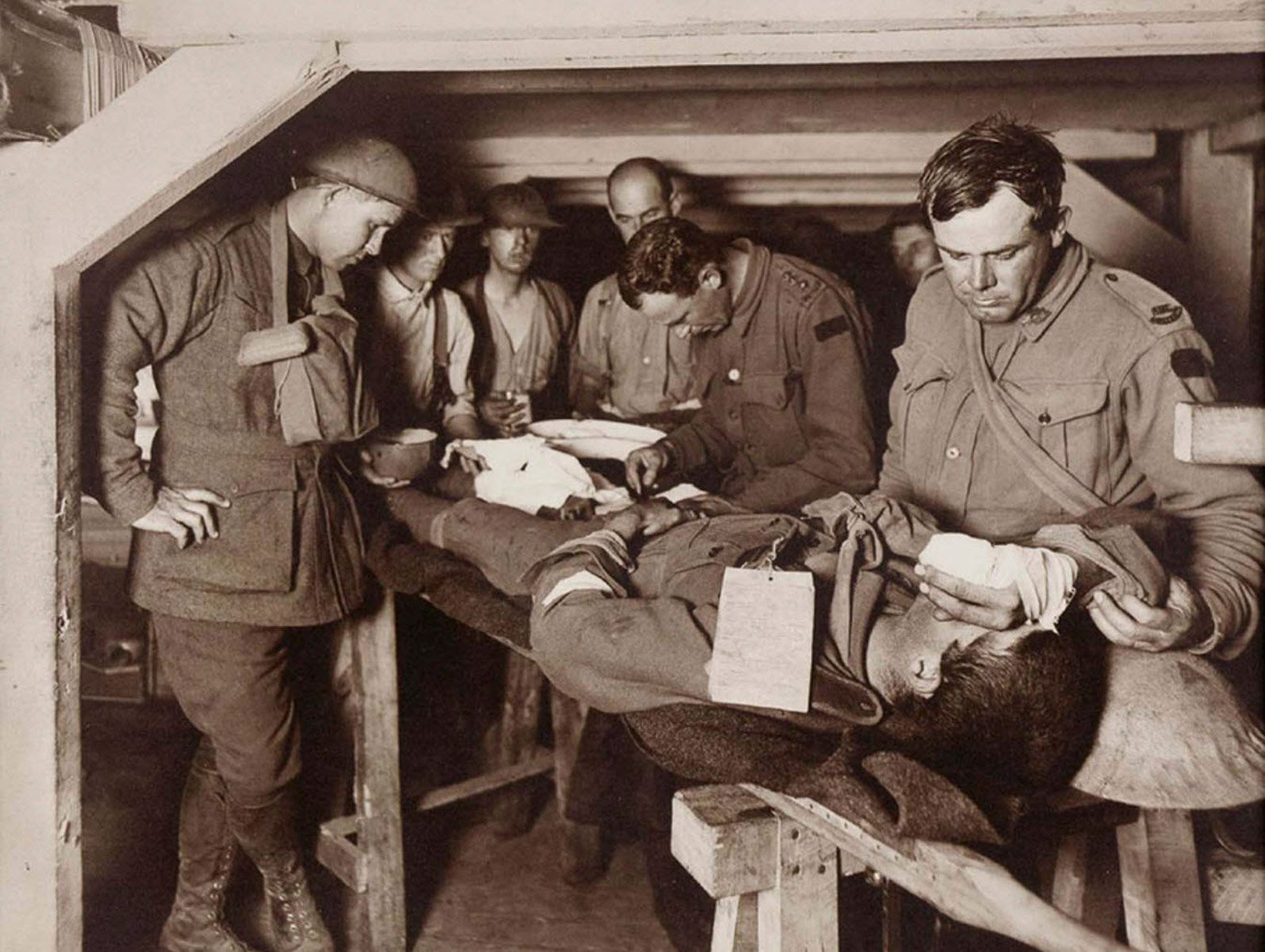Fratelli Stories: The WWI Watches Providing A Glimpse Into Our Past
Mark Nagle is a passionate collector of vintage watches. His focus is vintage timepieces from World War One. We spoke to him about this particular fascination as part of our Fratelli Stories series. Read on.
Like many of you, I am a fan of vintage watches. Sure, we cover a lot of new watch releases here at Fratello, as we should. New watches give us the technical benefits of modern manufacturing, rugged build quality, water resistance, and a host of other improvements. But as Lex recently noted in our podcast for which Thomas was wearing a vintage Omega Speedmaster, there is something quite magical about vintage.
Meet Mark Nagle, a reader inspired by the development of VPC
For Fratello reader Mark Nagle, the love of vintage watches is more specific. He is a collector, enthusiast, and owner of a budding watch brand focused on WWI watches — even more specifically, watches worn by WWI medics. Part of his inspiration to start his brand came from my colleague Thomas’s series on creating his VPC brand. Let’s get to know about Mark and how he got here.
“I hail from an Irish family of 11 siblings. When I was 14, my oldest brother bought me a Lucite ‘exploded pocket watch’ sculpture by Pierre Giraudon, which I was fascinated with, and I became forever enchanted by all things horology. I’ve spent over 40 years in IT (and, later, branding and marketing), and I concluded that good businesses ‘run like clockwork,'” Mark told me.
“After moving to South Africa in 1995, the watch-collecting addiction really took hold. I was buying exotic watches there every other month. Those were really exciting times after Madiba steered the country into a new democracy in 1994. It was a time when anything seemed possible. Some people decided to emigrate and left some of their possessions behind, including vintage wristwatches. After WWII, many German, Swiss, and Austrian watchmakers built a new life in Johannesburg and Cape Town. They were highly skilled craftsmen back then,” Mark said.
A passion for WWI watches grows
The move to South Africa was a pivotal experience for Mark as it began to expose him to a budding vintage watch trade. “I was lucky enough to spend a considerable amount of time in the prevailing years with these truly great watchmakers, who could make a balance staff or a part for a watch if required. They helped me appreciate the beauty of watch movements from the ‘golden age’ of horology, between the 1930s and the 1970s,” he said.
“During the Quartz Crisis, many illustrious brands, such as Cyma, Ernest Borel, Excelsior Park, and Rotary, were decimated. Even the mighty Eterna brand (which many watchmakers believed had better-made movements than some of the high-priced brands today) was not spared. I started buying great vintage watches, left, right, and center, and I had to have them serviced. In hindsight, it became a lesson in restraint as servicing costs were soon adding up. But the delight of seeing a beautiful watch being revived by a great watchmaker was too hard to resist, and it brought a satisfaction that many non-watch addicts will never understand,” he said.
It all started with an old pocket watch
It was this winding journey with vintage watches that took Mark to WWI medic’s watches in particular. In fact, it all started with an 18th-century pocket watch: “I have collected many vintage watches in South Africa over the last 28 years. My hobby morphed from buying ‘impress my friends’ watches to ‘the thrill of the chase’ of finding and acquiring a new timepiece. It would start with a message, ‘Mark, I’ve found this old watch…’ which would set my pulses racing yet again. But of all the many watches that I have acquired over the years, there are only two in my collection that matter,” he said.
“One is a pocket watch from 1748, and it is the last known example from the great George Graham’s workshop. George Graham was the mentor of John Harrison (of longitude fame). The other watch is a tired, old, and non-descript ‘trench watch’ from WWI. It has a name engraved on the back, a red cross on the dial, and a central seconds hand that had fallen off. When I got it, the silver case was tarnished and damaged, with a yellowed crystal. The crown was well worn, and it was held together with some tape. I had a feeling that this watch was special.”
The WWI medic’s watch
Mark said the watch turned out to be a real find. “When my watchmaker opened the watch, which has a two-piece Borgel case that few know how to open, he was astonished to see the dust caked onto the beautifully engineered movement. No one had touched it in over 100 years. We ascertained this from a single watchmaker’s mark from 1916. I knew from the red cross on the dial that it must have belonged to a doctor or medic during WWI. I remembered that Omega introduced a seconds hand on its watches for the first time in 1937. This was colloquially known as the ‘Medicus.’ Omega billed the watch as a life-saving innovation for doctors to measure their patients’ pulses during WWII,” Mark explained.
As you can see in the gallery above, Omega was proud of its reputation for producing robust watches. Indeed, these watches also served in WWI. This makes Mark’s chance discovery all the more fascinating.
The WWI medic who owned the watch
According to Mark’s research, his watch belonged to Dr. Arthur David Yule, a Scottish Surgeon from Arbroath. Dr. Yule served in WWI as a captain. This meant he was in charge of up to 200 people. “Dr. Yule was under the command of Allenby, in the Egypt and Palestine conflict, from 1916 to 1918. This watch with central seconds was truly a ‘ground-breaking innovation’ of its time. And it was made 24 years before the Omega ‘Medicus’ watch! Dr. Yule would have wound this watch many times to measure pulses and to assist him in saving soldiers’ lives.”
The rarity of the watch helped Mark with his deep dive into history. “As there were no other examples of this center-seconds medic’s watch with a black dial and a ‘provenance’ that could be traced back to the owner, I knew that I had a historical artifact. Dr. Yule was not only a respected medical practitioner but, as the chief medical officer of Arbroath, also a great humanitarian. He devoted his life to people’s welfare. He died in 1926 trying to protect people from the scourge of smallpox. This was a deadly pandemic at that time. He put his life on the line to save others. He was one of the forgotten ‘unsung heroes’ of the medical profession. Dr. Yule should be celebrated,” Mark told me. “That’s when I came up with the idea of creating the Medicus 1916 concept.”
A true fan of Fratello features
It turns out that Mark has a deep understanding of Fratello’s trajectory. Mark is a longtime reader (since long before my time here). I asked him what it was about our publication that kept drawing him back. “What sets Fratello apart from other watch-related websites is the breadth and quality of the horological subject matter. This keeps readers like me returning for more. There’s the endless discussion about the minutiae of the text on a dial, which excites some folks, and then there are interesting articles that the rest of us want to read,” he said.
Mark also said that he was inspired by my colleague Thomas’s efforts in founding his microbrand. Thomas documented the journey on our site. “I have a laser-like focus on designing watch-related products at the moment, and Fratello’s eclectic back catalog of articles is an invaluable reference for me and, I’m sure, many others. In my case, Thomas van Straaten’s recent series of articles on starting his VPC microbrand was hugely important. It encouraged those like me to dare to dream about making our mark on the watch-collecting community. I’ve also listened to many of the Fratello podcasts, which are very absorbing, as I go about my daily chores. With this Medicus 1916 microbrand, I want to salute those unsung heroes in the medical profession everywhere and to draw the attention of the watch-collecting fraternity to the continual good works of the charities that support medics in conflict environments,” Mark said.
Final thoughts
Well, there you have it — another great story from one of our readers. Thanks to Mark for his time with the interviews and for providing much of the material from his research. It is fantastic to hear that there is a community of readers out there and that some people find inspiration in some of the work we do here at Fratello. We, as writers, are also inspired by our readers, and we’re grateful for your ongoing support.
What do you think, Fratelli? Are there any stories you would like to share? Please let us know in the comments or reach out to me privately through Instagram.

